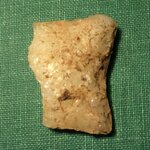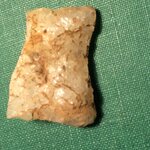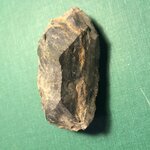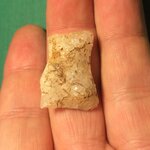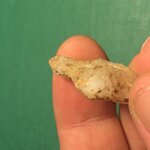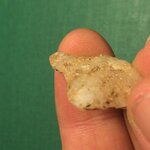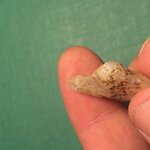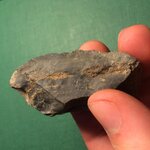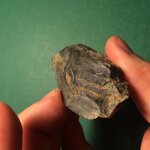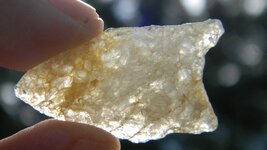oxbowbarefoot
Banned
This Quartz base was found in Western Massachusetts at the same site I found my Clovis point. It has a similar shape to the base of the Clovis and thins enough in the center to possibly be fluted. It was definitely ground at the base like the Clovis. Also found at the site was this chunk of worked Normanskill chert. Is it a tool or a blade core?
Amazon Forum Fav 👍
Attachments
Upvote
0


